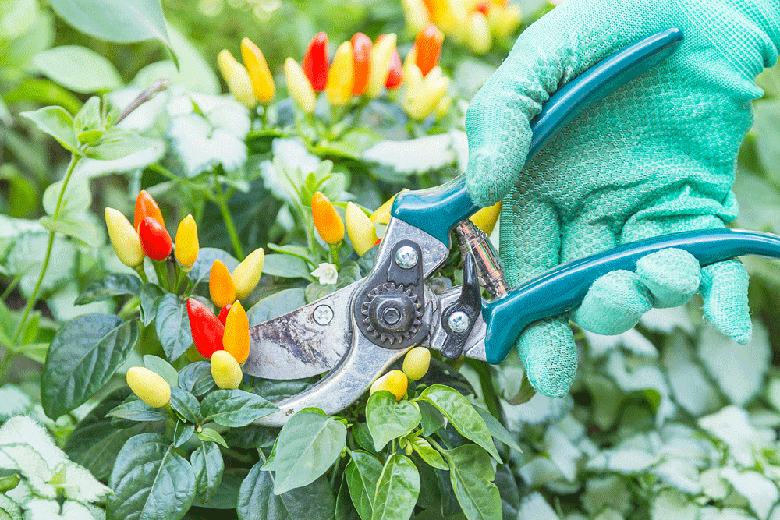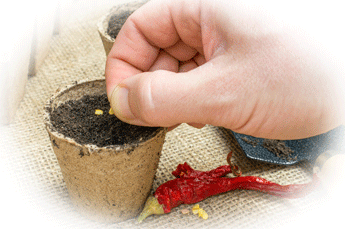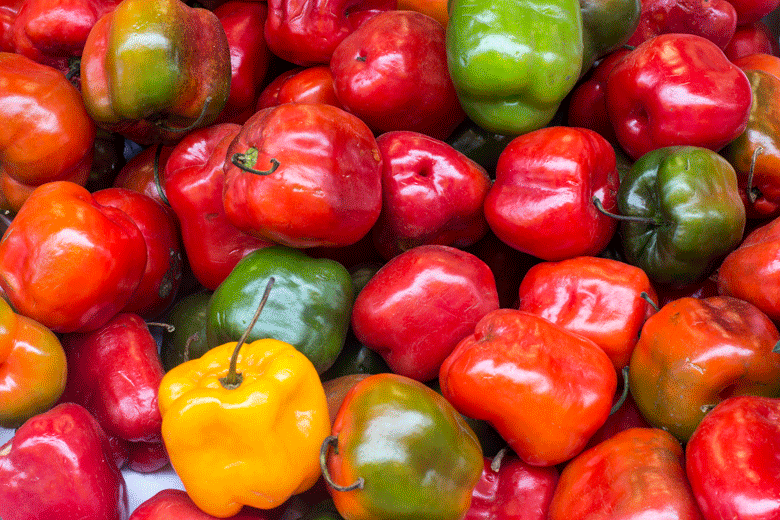Why start seeds early?
 When to sow Chilli seeds
When to sow Chilli seeds
Most seeds packets for Chillies recommend sowing them between January and March. Some even recommend sowing as late as April. I tend to agree with the January start, but unless you plant fast-growing varieties like Bell peppers, Jalapenos, Fushimi, Shishito or Hatch Chillies, starting in April, might be too late.
While most of the Chillies mentioned above will produce a crop in 60 to 75 days, if seeds for superhots are started, one could expect them to take far longer. Some superhots, dependent on the weather, take more than one hundred and twenty days from potting-on to set fruit. Then, it takes even longer for the fruit to ripen.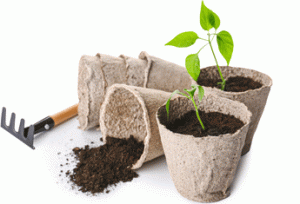
Take this season, for example. I started a month later than usual, and suffered the consequences. I struggled to get my fruit ripe this year. While many have finally ripened, I still have plants that haven’t even fruited. They have flowered, but are yet to produce Chillies. That’s no good, as the Chilli growing season has already ended for this year.
To ensure this doesn’t happen again, I have already started some of my seeds for next year. The seeds were planted about three weeks ago. Some seedlings are already about two inches tall, but for the most part, are only about an inch in height. They are mostly superhot varieties and will take a long time to grow. I expect they will only be between eight and twelve inches tall come spring next year. I certainly won’t hurry to repot them too soon after their first potting-on. This should constrain their growth. I am also working on the premise that plants grow more slowly in winter.


 The fruit starts off yellow and then slowly changes to orange. When fully ripe, the fruit is a bright red. Often you will find fruit at different stages of
The fruit starts off yellow and then slowly changes to orange. When fully ripe, the fruit is a bright red. Often you will find fruit at different stages of 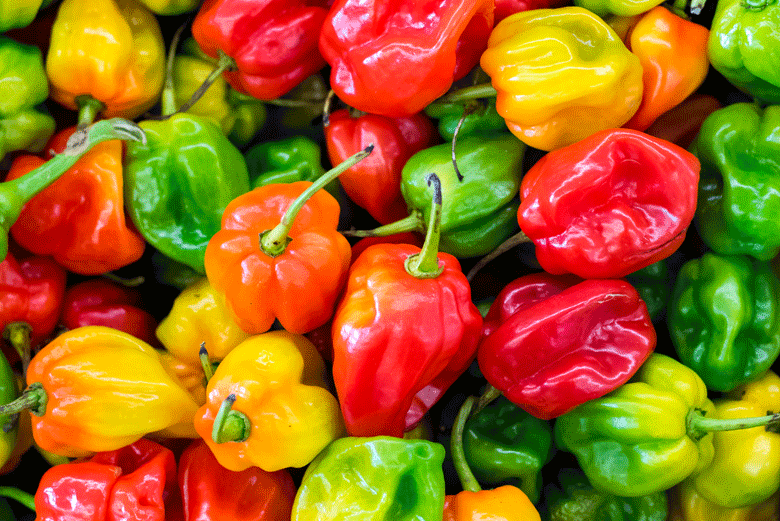
 droppings when they migrate. When considering the
droppings when they migrate. When considering the  Getting to know the Rocoto Chilli
Getting to know the Rocoto Chilli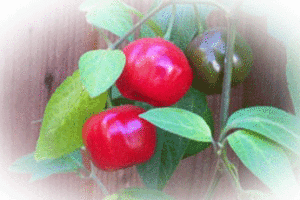 As part a of this I will be learning as much about Rocotos as possible. I want to explore where they are from, what’s the best way of
As part a of this I will be learning as much about Rocotos as possible. I want to explore where they are from, what’s the best way of 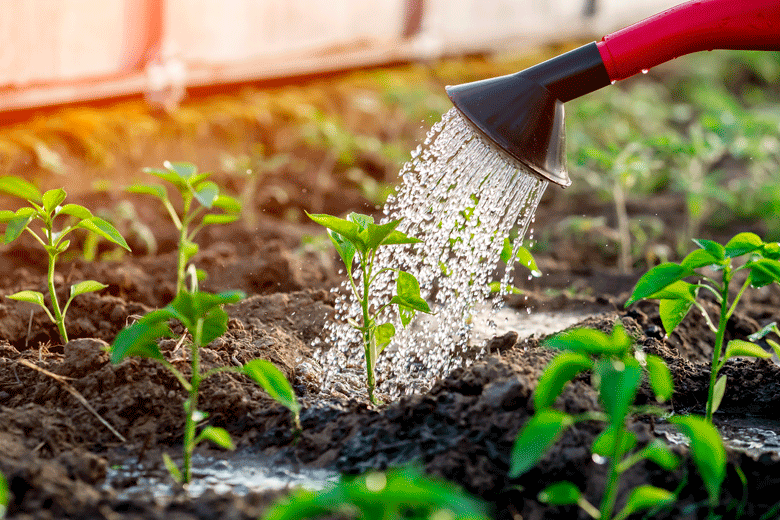
 What’s more, if not
What’s more, if not 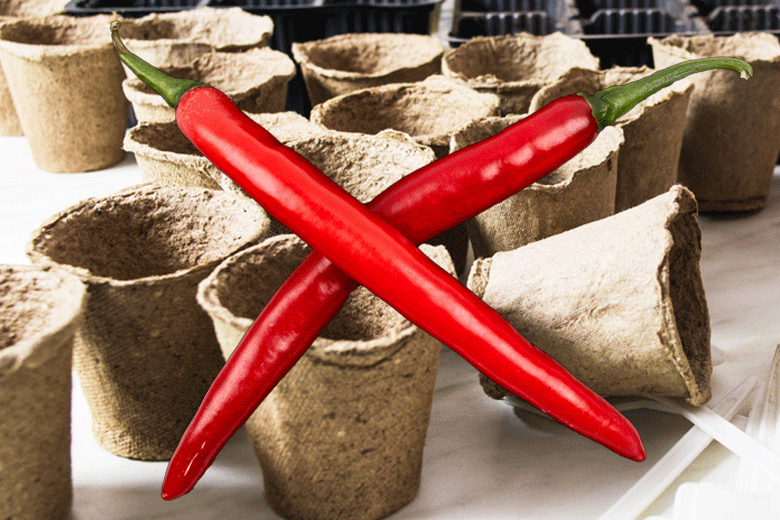
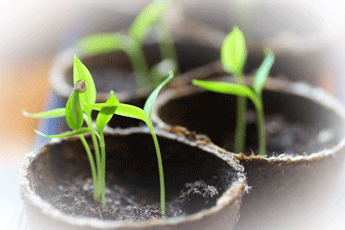
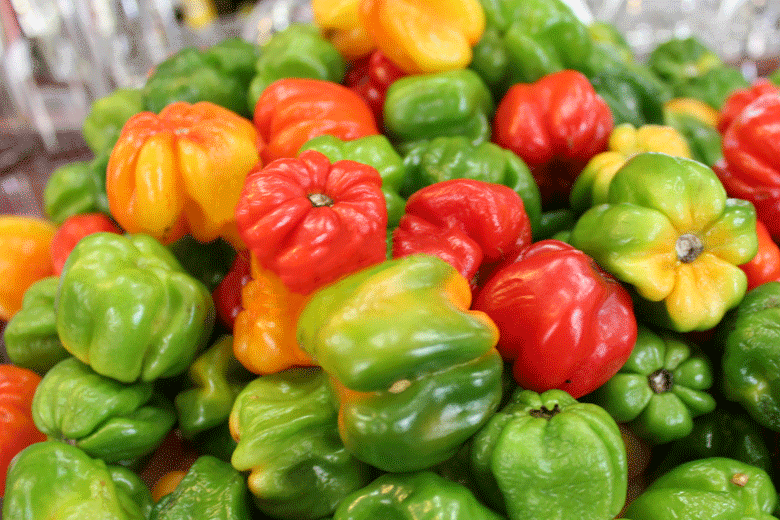
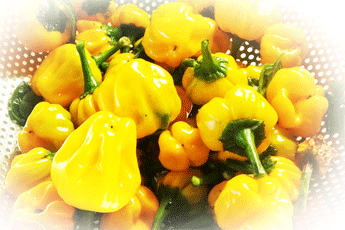
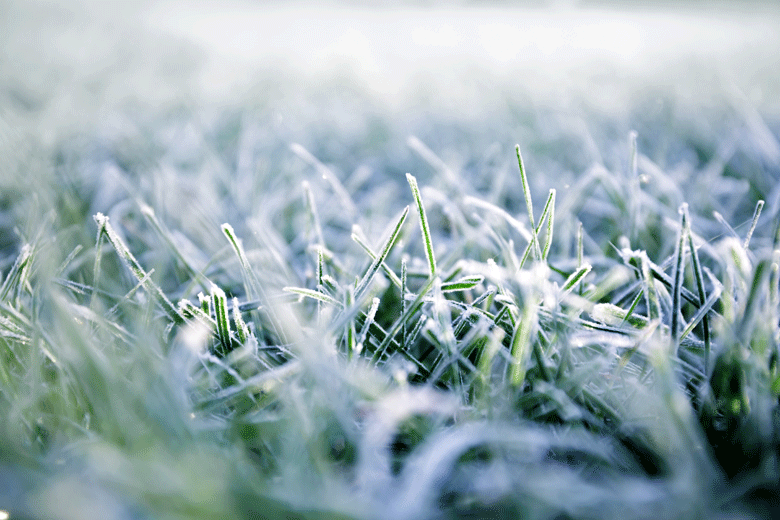
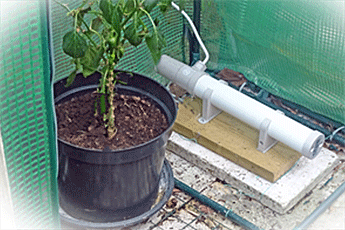 towards the middle of the month. However, this year the first frost arrived at least ten days earlier than I believed it would. Fortunately, I managed to get all my Chillies indoors or into
towards the middle of the month. However, this year the first frost arrived at least ten days earlier than I believed it would. Fortunately, I managed to get all my Chillies indoors or into 